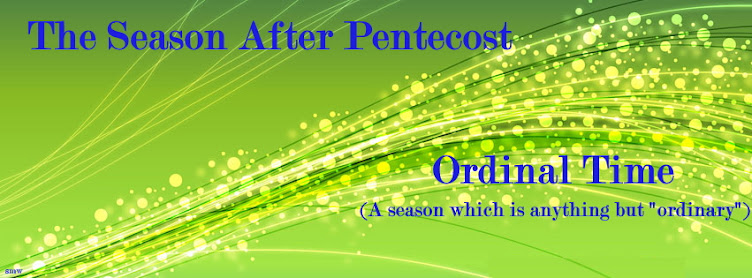Advent is the beginning of the ecclesial calendar. It is
the first season in the Church year. The word comes from
the Latin "advenire" which means "arrival." This is the
season of anticipation of the Messiah wherein we put
ourselves in the place of the ancient Jews. Advent then
culminates with the Christmas season - which begins on
Christmas Day.
The season, though the precise date of when it started is
difficult to ascertain, is of Catholic origins. There is
some evidence of the season as early as the late 4th century.
Christmas itself did not have a concrete date, some
celebrated it on December 25th, others on January 6th. In
the Acts of Saragossa, a synod held in 380, the fourth canon
prescribes a period from December 17th through January 6th,
the Feast of the Epiphany, when no one can be permitted
absence from church. This indicates a "season" of
preparation.
Late in the 6th century, in 581 AD, at Macon, Gaul, a synod
convened and decreed in its ninth canon a period from
November 11th to the Nativity that the Sacrifice be offered
according to the Lenten rite - demonstrating a call to
penance and sacrifice during the Advent season. When it
was established as 40 Days prior to Christmas, beginning
the day after the feast of St. Martin, November 12th, it
also was called "St. Martin's Lent."
In the Eastern Church, there is no evidence of this season
prior to the 8th century. In Eastern tradition there was
no liturgical change, rather it was - as in the Latin
tradition - a period of fasting and abstinence.
Today the season of Advent is the four sundays prior to
the Feast of the Navitiy (Christmas - or the Christ Mass).
Officially Advent begins with the Evening Prayer 1 of the
Sunday falling on or closest to November 30th and ends
before Evening Prayer 1 of Christmas (the Vigil of Christmas
on December 24th).
Many traditions mark the season, from Advent calendars to
Advent wreaths. Perhaps the most recognizable in the
Church is the Advent wreath. It consists of four candles,
three of them are purple and one is pink. The pink candle
is used on the Third Sunday in Advent to represent the
Gaudate, which means "rejoice" in Latin and is taken from
the first word of the Introit for that Sunday. The joy
of anticipation is stressed on Gaudate Sunday. The Gaudate
Sunday also corresponds with Laetare Sunday in Lent, also
a day in Lent when the vestments are permitted to be rose
colored instead of purple.
Again, the purpose of the Advent season is to recall the
anticipation of God's People awaiting their Messiah. It
is also used for today's Christians in anticipation of the
Second Coming of the Lord. It is a season, much like Lent,
of fasting and penance to prepare one's soul for the
coming of the Lord. We should remember this during the
weeks prior to Christmas - that this period is NOT the
season of Christmas! The wish we should give to one another
instead of "Merry Christmas" should be something like,
"Blessed Advent to you!" And we can start wishing others
a "Merry" or "Blessed Christmas" beginning with the Vigil
of Christmas on Christmas Eve.
I hope you found this educational. If you have more to add,
or perhaps can share your own Advent traditions - please do!
God be with you all!
A blessed Advent to you!
In JMJ,
Scott<<<
Subscribe to:
Post Comments (Atom)
Feast of the Assumption
The Feast of the Assumption of the Blessed Virgin Mary - another example of "not-so-ordinary" days! These are COUNTING days - and...

-
In a recent post from Alan/Rhology on Beggars All , he said: >> sw: So you're confirming (again) that your local >> churc...
-
A friend of mine posed the following to me... Thoughts? Change occurs in official (non-defined) Catholic doctrine like this: 1. The d...
-
bossmanham Says: Tuesday, February 09, 2010 9:34:00 AM Hi CathApol, I know this post isn't on transubstantiation, but I saw your r...

No comments:
Post a Comment
Keep in mind while posting:
1) Please respond ON TOPIC to the article at hand.
2) Posts more than 4 weeks old are set to automatically save new comments for moderation - so your comment may not show up immediately if you're responding to an older post.
3) The "Spam Filter" is on - and randomly messages get caught in that filter. I have no control over which messages get caught in the spam filter and those that do must wait for me to mark them as "not spam." A message caught by the spam filter may show up for a moment, making you think it posted, and then disappear. Do not assume I have deleted your comment, it's probably just the spam filter and it will show up.